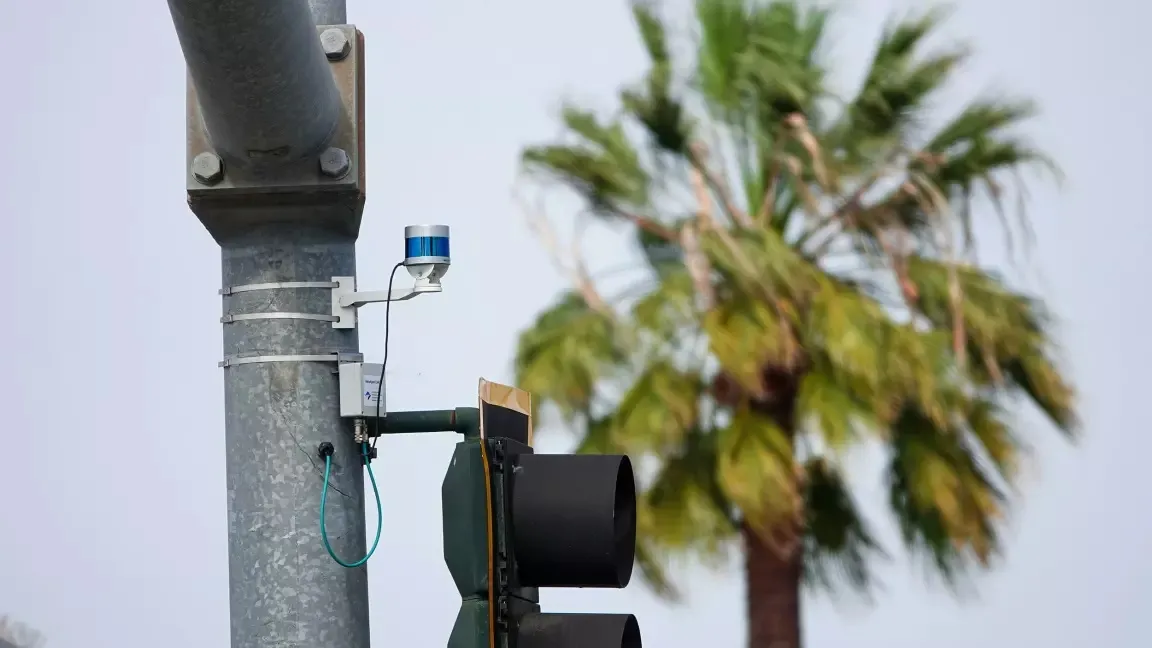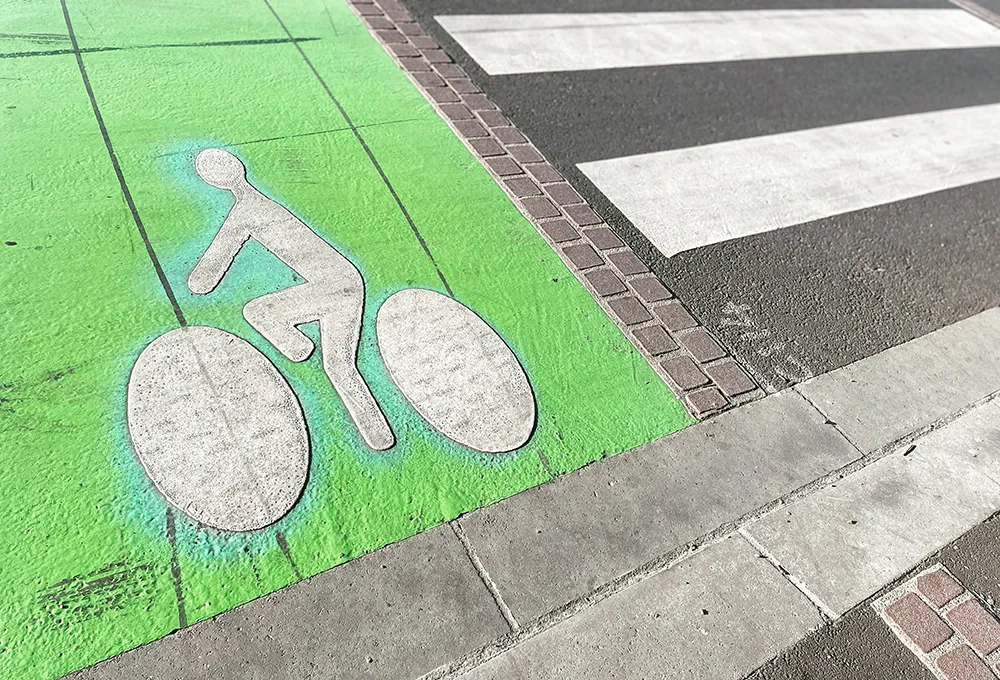
Miovision says it is helping to improve road safety by enabling city authorities to act on crashes before they happen.
The Canadian company says its Continuous Safety Monitoring (CSM) solution provides life-saving insights by proactively identifying near-misses at intersections.
It argues that traditional crash-based approaches "remain slow and outdated, often relying on data that lags by three to six years".
By contrast, Miovision CSM "changes the game by enabling cities to act before tragedy strikes".
Kurtis McBride, co-founder and CEO of Miovision, calls it a "paradigm shift".
"We’re empowering municipal traffic engineers, Vision Zero leaders and safety planners to see what used to go unnoticed. Instead of taking years to analyse crash reports following an incident, CSM allows them to act faster and validate improvements iteratively before tragedies happen.”
The solution uses existing camera infrastructure to provide near-miss data, which allows agencies to understand where high-risk intersections are and act accordingly.
Miovision says thousands of junctions are already equipped with Miovision hardware. For example, the city of Bellingham, Washington, used CSM solution to proactively address road safety challenges as part of its Holly Street pilot project.
City engineers were able to identify in particular vehicle-cyclist interactions at right-turn intersections, before serious collisions occurred.
Bellingham evaluated a new infrastructure design, which led to a 33% increase in bicycle ridership, and an 87% bike lane utilisation rate, Miovision says.
What are the key features of Miovision CSM?
● Near-miss conflict detection using Miovision cameras
● Kinetic risk model that assesses speed, angle, time and user type
● Dashboards and visualisations to track trends, performance and root causes
● 90-day clip storage for before-and-after evaluations
● Multimodal coverage including red-light running, jaywalking and signal compliance









